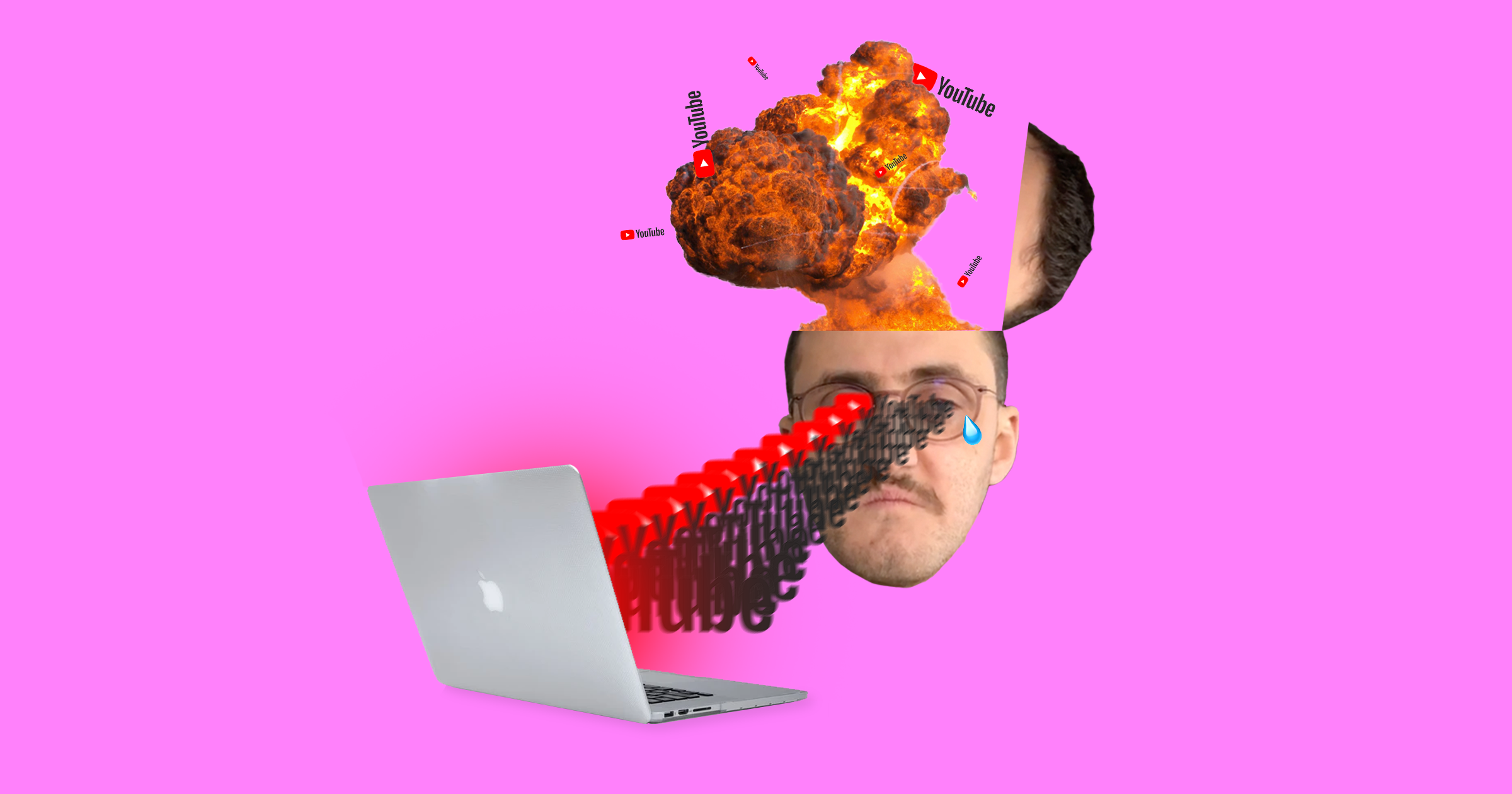My YouTube feed is 40% tutorials, 40% tech reviews and 20% cute animals. I consume more tutorials than is useful, particularly about music production — which is funny because I don’t even make music. I’m pretty confident I’m not alone in this. In fact, “how-to” is one of the most searched terms on Google, and online tutorial videos generated 42.1 billion views on YouTube in 2018 alone.
The sheer volume of free tutorials available on YouTube is one of the many wonderful things about the internet. Yet, despite my thousands of hours spent watching music tutorials, I still can’t produce a single song and I continuously stumble my way around the tools. In fact, in many cases, I feel worse about my progress and understanding of the tools after spending time on YouTube. So why do I keep watching?
A study by Michael Kardas, a researcher at the University of Chicago Booth School of Business, found that watching others accomplish a task makes the viewer overconfident in their own abilities. However, this overconfidence doesn’t translate into performance, and watching those videos doesn’t reduce the time it takes to develop a skill.
What the study doesn’t explore is the emotional state of the person after the overconfidence wears off. After reading the study, I realized just how detrimental this habit of watching videos was to my own learning. Not only do tutorials make me feel overconfident, but this overconfidence risks heightening my discouragement when I subsequently fail at recreating what I saw. This creates a toxic cycle that ultimately dissuades me from learning.
I haven’t found scientific evidence that this sense of failure is worsened by watching tutorials, but my own experience is enough to give me pause. As with all things online, the abundance is a trap. Tantalizing, but not productive. Without effort, this way of taking in information results in little more than factoids for use on trivia nights. Naturally, algorithms won’t stop recommending videos just because I haven’t put my skills to the test. That would be bad for business!
When it comes to my music learning, I recently opened a digital audio workstation (DAW) tool and just started poking around. While some of what I saw in tutorial videos was helpful, I actually learned more by clicking on things and failing at producing what I wanted. This experience correlates with another finding in the study:
We found that extensive viewing allows people to track what steps to take but not how those steps feel when taking them.
Feeling our way through something is what we do organically as kids. Kids don’t care about how something should be done. Instead, they try it for themselves to see whether they enjoy it. Likewise, I only started making progress on my first beat by trying things out without giving it too much thought. Most importantly, I gave up on following all the optimal techniques the tutorials showed. For years I have dreamed of making my own beats, and all it took was ignoring what’s right and just breaking things. It might sound like a cliché, but remembering the importance of failure when learning is critical. We often forget this as adults, and the infinite supply of content that promises painless learning doesn’t help.
I can’t stop imagining a web browsing experience designed to promote mental health and development, as well as the role of friction in that equation. Learning and friction are closely intertwined. After all, practice is all about overcoming friction. So, what needs to come after watching a YouTube tutorial? Nothing comforting. I just have to put in the hours. And when I get disheartened, I need to remember that in a world where tech companies profit by promising effortlessness, our brains profit from effort.
